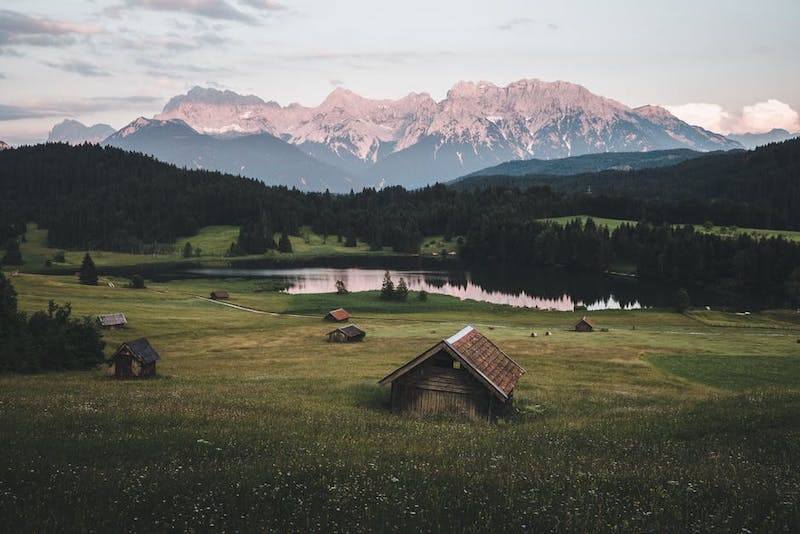To the untrained eye, a photo of a beautiful landscape may seem like something that is easy to capture. After all, it’s nature that’s doing most of the work, right? Of course, more seasoned photographers know that a whole lot of skill goes into getting a great landscape photo.
may seem like something that is easy to capture. After all, it’s nature that’s doing most of the work, right? Of course, more seasoned photographers know that a whole lot of skill goes into getting a great landscape photo.
Setting up your shot is one thing, and setting up your camera is another thing entirely. If you’d like to learn how to become a master of landscape photography, this guide is a great place to start. Read on to learn three expert tips on how to capture beautiful landscape photography shots each and every time.
shots each and every time.
1. Select a Mid-Range Aperture
One of the hallmarks of a beautiful nature landscape photography shot is the fact that most of the elements will be crystal clear, from little details to larger features. You want to let the beauty of the landscape speak for itself by clearly showcasing every part of it. In order to do this, you will need to select the correct aperture setting.
shot is the fact that most of the elements will be crystal clear, from little details to larger features. You want to let the beauty of the landscape speak for itself by clearly showcasing every part of it. In order to do this, you will need to select the correct aperture setting.
Generally speaking, you will want to choose an f-stop number that’s around two to three stops higher than the lowest number. In other words, a mid-range aperture like f/5.6 or f/8 should be what you’re looking to use. However, if there are elements in the foreground or background you want to emphasize, you can maximize your depth of field by selecting a higher aperture, somewhere around an f/11.
2. Obey the Rule of Thirds
The rule of thirds is a great guideline to follow for all sorts of photographs, and landscape photography is no different. For those who aren’t familiar, this rule is the practice of visualizing a grid of lines dividing your photo into 3 equal parts horizontally and vertically. Once you’ve done this, you should try to place important visual elements along one of these imaginary lines.
is a great guideline to follow for all sorts of photographs, and landscape photography is no different. For those who aren’t familiar, this rule is the practice of visualizing a grid of lines dividing your photo into 3 equal parts horizontally and vertically. Once you’ve done this, you should try to place important visual elements along one of these imaginary lines.
So, how can this be explicitly applied to landscape photography? Many novice photographers think that putting points of visual interest in the center of a photo is the best way to go. However, by placing rivers, trees, wildlife, or mountains along one of the imaginary grid lines, you’ll find yourself with a much more interesting shot.
3. Don’t Be Afraid to Experiment
There are a million and one photography tips and rules that we could rattle off here, but instead, here’s our final one: don’t be afraid to experiment. Great shots are often captured through trial and error and experimentation, and this process is especially true for beginners.
Try different aperture settings, lenses, and compositions until you find the right combination. Consider creating a black and white landscape photography shot instead of one in color. The key here is to try out different techniques until you hit upon something special.
until you hit upon something special.
Capture Beautiful Landscape Photography Shots Today
Landscape photography is both a science and an art. Combine skill and knowledge with creativity and experimentation, and you’ll be on to a winner. If you’d like to learn about the best micro four-thirds cameras for landscape photography, check out some of our product reviews now.
now.


